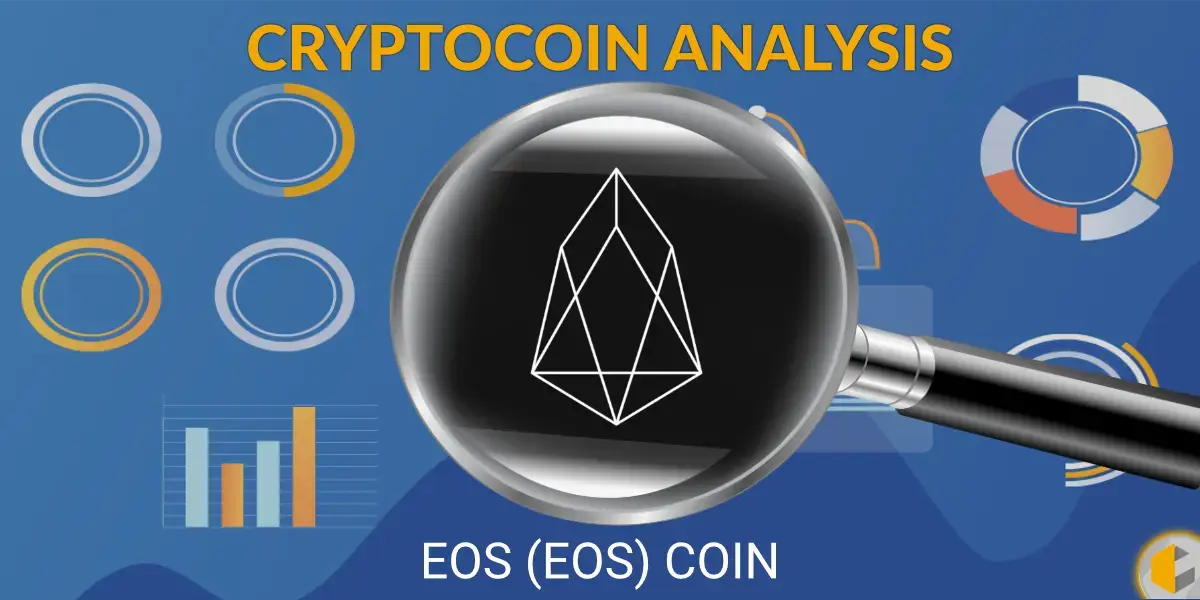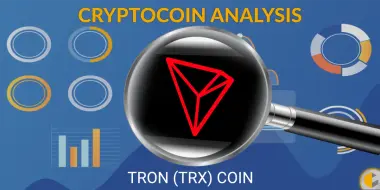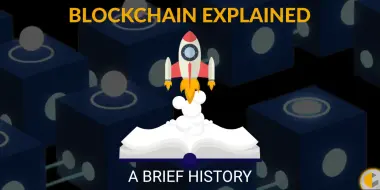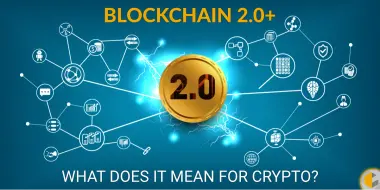
“EOS is noted to be a slightly controversial project due to its questionable execution, one could be fair to state that with a 4 billion dollar budget, and a stellar team with credible experience within distributed ledger technology, the cumulative vision of EOSIO’s Community and key team are more than enough to make this one of the few perennial protocols of our time”.
In the cryptocurrency industry, there are three main categories of technologies in which to invest.
The first is broadly synonymous with digital currency’s primary use-case and solves for exchanges of money and stores of value; the second relates to decentralized applications (dApps) built on the blockchain; and the third involves protocol level technologies such as Ethereum, NEO, ICON, and EOS. On which these applications are developed and which relate to the infrastructural and architectural innovation of the industry because they provide the most utility to developers building the eco-system.
The key difference between EOS and other protocols such as Ethereum is primarily scalability. Currently, Ethereum can only process approximately 15 transactions per second. Although to be able to support more extensive social apps similar to that of Facebook (which handles 52,000 transactions per second) Ethereum’s speed would need to increase significantly. While the context of smart contracts has been arguably predicated within the realm of financial applications, even a platform such as Visa processes over 20,000 transactions per second, roughly 1,300 x the current capabilities of Ethereum.
Both EOS and Ethereum are blockchain platforms for the development of decentralized applications (dapps) and provide an entire operating system for decentralized applications with services like user authentication, cloud storage, and server hosting. Published by Block.one, EOSIO is a compliant blockchain protocol that enables horizontal scaling of decentralized applications, allowing developers to create high performance distributed applications efficiently. The EOSIO software provides accounts, authentication, databases, and the scheduling of applications across multiple CPU cores and clusters. This allows for horizontal scalability, replaces user fees with an ownership model, and powers simple deployment of decentralized applications.
Key features of EOS:
The Technical Whitepaper outlines a lot of the granular features and details that we’ve left out here for brevity. Although some key features of EOS include:
- Parallel Processing: In a word, parallel processing helps bring continuous scalability and a strong foundation for an applications high performance. Existing single threaded capabilities force every application to share the capacity and performance of one single-threaded blockchain, create hard scaling limits, and eventually suffer from network congestion that may result in platform-wide downtime.
- A Decentralized Operating System: The EOS.IO software assists developers on multiple fronts including with databases, permissions, scheduling, authentication, and communication between inter-applications. These collective features help to simplify the process of creating and releasing decentralized applications considerably. It also helps to widen the potential amount of developers that can build their own decentralized applications.
- Self Sufficiency and Evolution: An EOS blockchain is an entirely independent, self-funding, distributed network with all governance on the chain; it does not rely on any single foundation, corporation, or individual.
The slow and constant creation of new tokens (max 5% annually) is distributed by the community through elected smart contracts to fund network operation and growth. EOS is also one of the most eclectic and diverse of the global blockchain communities. It has been created through the support of the Delegated Proof of Stake (DPOS) ecosystem that has released some of the largest smart businesses in the blockchain ecosystem today which are BitShares and Steem.
Token sale:
The token sale was drawn over a full year, and started on June 26, 2017, with a reported 350 periods of distribution. At the end of each specific period, the total number of EOS tokens designated for that period were distributed to contributors based on the amount of ETH they contributed divided by the total contribution amount.
Throughout this period, EOS tokens were listed on a majority of prominent exchanges which enabled the price to be determined by the market and provide investors with continual updates as per the development and progress of EOS team before contributing. The result led to one of the highest funded token sales to date. Although what’s prominent to note is that the EOS token itself doesn’t perform a specific function, rather than allowing developers to create new dApps, and use EOS tokens to generate their corresponding tokens.
The Roadmap, Team and Community
Block.one:
As referenced on their website Block.one. “Block.one is a software publisher specializing in high-performance blockchain technologies”. Their first project, EOSIO, is an open-source blockchain protocol designed to enable secure data transfer and high-performance decentralized applications. It has since become globally revered as the first performant blockchain platform for developers and programmers after its release.
Block.one has been founded and is currently under the directorship of CEO Brendan Blumer and CTO Daniel Larimer. Daniel Larimer is primarily known as the creator of the innovative and revolutionary “Delegated Proof of Stake (DPOS)” consensus mechanism. Delegated Proof of Stake processes a significant proportion of blockchain transactions globally and currently powers the EOSIO software that was launched in June 2018.
Brought together by a shared passion for decentralization, EOS is developed by the core Block.one team, directed by CEO Brendan Blumer and CTO Daniel Larimer. Block.one is fuelled by a mission to help close the gap between the idealistic romanticism of blockchain technology and the practical applications that distributed ledger technology can provide. Through building platforms and tools that enable blockchain supported decentralized businesses, applications, and collectives, the Block.one team is working towards creating a more secure, free, and connected world.
EOS Dawn 1.0 was released September 14, 2017, the Dawn 2.0 release brought resource tracking and inter-blockchain communication on December 4, 2017, and the Dawn 3.0 release (the project’s official launch) occurred in April 2018.
Where can you buy EOS:
The simplest way to buy EOS is to purchase it on major exchanges such as Huobi Pro, Bitfinex, Binance, or OKEx with either USDT, BTC, or ETH.
Conclusion:
EOS is noted to be a slightly controversial project due to its questionable execution, one could be fair to state that with a 4 billion dollar budget, and a stellar team with credible experience within distributed ledger technology, the cumulative vision of EOSIO’s Community and key team are more than enough to make this one of the few perennial protocols of our time.
Related Posts






Subscribe to our newsletter!
Information



